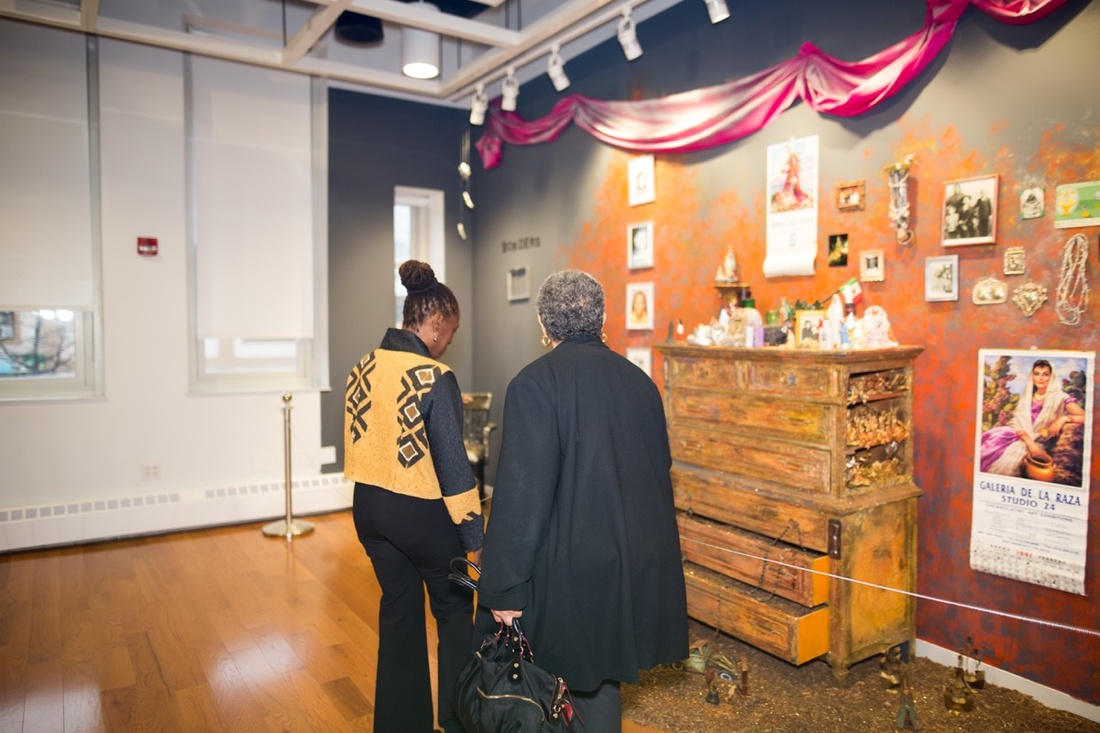Extremely disappointing. 
Infrastructure in Haiti is a MUST!

Infrastructure in Haiti is a MUST!

According to the World Bank, extreme poverty in the country has fallen from 31 to 24 percent over the past decade but it remains the poorest country in the Americas and one of the poorest in the world, with a GDP per capita of $846 in 2014.
Maybe they need to focus on development of the northGOOD! Among with infrastructure Haiti needs to improve its agriculture once again.
Also liked this from the article:
Not a victory but a small step.

I heard about the north too being more stable, but I heard that it is mainly controlled by the mulatto elite. Maybe @Intruder v3.0 can expand. Anyways lets not forget agriculture on the list. Also once infrastructure starts developing Haiti should REALLY start banging out its tourism sector and make it great like it was during the 40s and 50s. It would not only boost the economy but also create MANY jobs. That's how the Bahamas and Barbados became powerhouses of the Caribbean with little resources. Not only that Haiti has a much richer history than those two islands. Haiti should also built up its historic colonial French architecture for tourism to differentiate itself from the other islands.Maybe they need to focus on development of the north
Never been up there but a lot of folks say it's safer/most stabile there
Haiti needs to work on 1)infrastructure 2) education (in French AND Creole) and 3)encourage folks in Haiti and the diaspora to start businesses there
And my personal wish that they kick out the UN and unhelpful American charities like red cross
Maybe they need to focus on development of the north
Never been up there but a lot of folks say it's safer/most stabile there
Haiti needs to work on 1)infrastructure 2) education (in French AND Creole) and 3)encourage folks in Haiti and the diaspora to start businesses there
And my personal wish that they kick out the UN and unhelpful American charities like red cross
I heard about the north too being more stable, but I heard that it is mainly controlled by the mulatto elite. Maybe @Intruder v3.0 can expand. Anyways lets not forget agriculture on the list. Also once infrastructure starts developing Haiti should REALLY start banging out its tourism sector and make it great like it was during the 40s and 50s. It would not only boost the economy but also create MANY jobs. That's how the Bahamas and Barbados became powerhouses of the Caribbean with little resources. Not only that Haiti has a much richer history than those two islands. Haiti should also built up its historic colonial French architecture for tourism to differentiate itself from the other islands.
More importantly the NGOs...
But im with most of the Haitian millitants who are against just transforming Haiti into a touristic destination like Bahamas and Jamaica. Yes i understand that beggars cant be choosers and JA and BH had to do what they had to to milk the cash cow. BUt smaller countries like Haiti should focus more on being self sustaining like Cuba in terms of agriculture and others. We aspire to be more than your fukkin vacation spot.
- The mullato elite you speak of is not as powerful as you think. And they are mostly Southern from those areas that were hit hard (Jeremie, Les Cayes) My mom's family are mulatto and they are from Les Cayes. My dad is from NEarby Camp PErrin area.
- Key to infrastructure is expanding AWAY from Port Au Prince. I cant stress this enough. I remember my dad used to say this when i waslike 12 and i didnt understand it but now i get it. We have too much land wasting out in the provinces. If you develop it and make it productive all them fools will stop moving to the city for jobs and clogging up the capital. Believe it or not similar like in the U.S. where you see black people clog up cities but are scarce elsewhere for reasons like safety and jobs. Same thing in HT
- Most of the possible historical attractions (Citadel, Sans-Souci Palace, etc) are in Nothern Haiti whereas most of the party towns that tourists flock to are in Southern Haiti (Jacmel, Port Salut, etc). Develop ROADS that can get to these quickly and make them more accessible to tourist.
My apologies. But there is this sentiment among small countries that bigger countries (USA, France, UK, others) just want smaller countries to not produce anything and just be their vacation spots when they need to get away from their industrial all producing environments. We've seen many economies get tanked like that before.I don't get the hostility.
My apologies. But there is this sentiment among small countries that bigger countries (USA, France, UK, others) just want smaller countries to not produce anything and just be their vacation spots when they need to get away from their industrial all producing environments. We've seen many economies get tanked like that before.
And this is not me talking as a haitian. While i worked in Costa Rica there were a few people ive spoken to who feel the same way.






